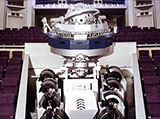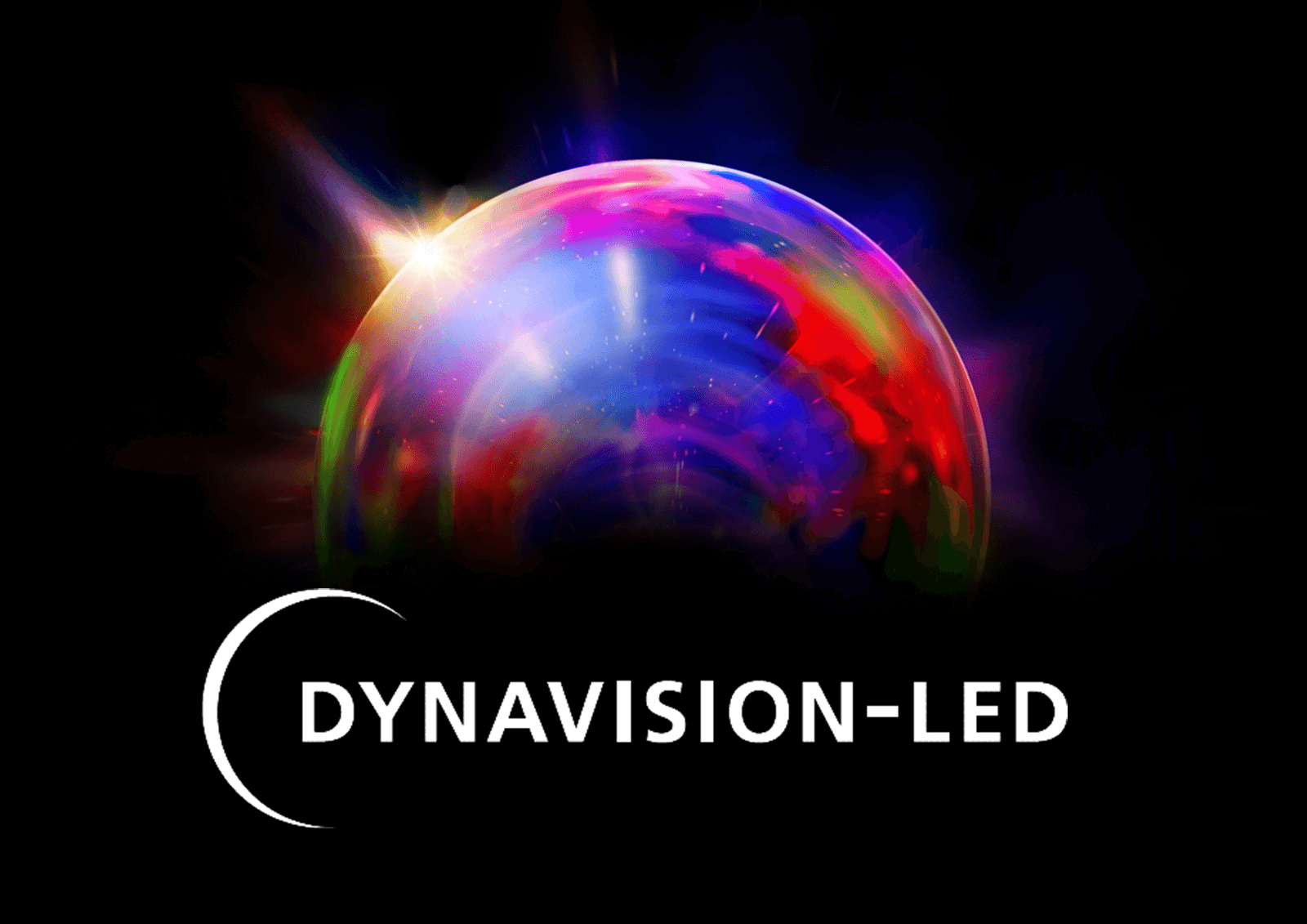History
| 1958 | The first Japanese-made planetarium, exhibited at Science Expo held at Hanshin Park. |  |
|---|---|---|
| First Japanese-Made Planetarium After World War II, Chiyoda Optical Seiko Co., Ltd. (predecessor of Minolta Co., Ltd.) began immediately developing a Japanese planetarium projector. The first projector was manufactured in September 1958. |
||
| 1963 | Planetarium section established at the technical center of Minolta Camera Co., Ltd in Sakai, Osaka. | |
| 1970 | “MS-15” installed in DeAnza and Foothill College at California, USA. The first Minolta Planetarium on American soil. | |
| 1985 | The new generation of planetarium “INFINIUM” exhibited at Tsukuba Science Expo ’85. |  |
| INFINIUM The INFINIUM was the world's first successful space simulator using a single-globe, single-lamp, star plate projection system. After its premier at the Tsukuba Science Expo '85, it was transformed into a permanent facility at the Tsukuba Expo Center. |
||
| 1988 | To meet the growing planetarium market and the needs of consumers, Minolta Planetarium Co., Ltd. was established. | |
| 1994 | The small optical projector simulating space travel “COSMOLEAP” installed in Sanyo Girls’ Senior High School at Hiroshima. | |
| 1994 | The first planetarium to combine an optical star projector, the “INFINIUM α”, with a fulldome digital projector premiered at the 1994 IPS Conference in Cocoa, Florida, USA. | |
| 1997 | The first “GEMINISTAR”, the world’s first integrated planetarium installed in Discovery Park Yaizu at Shizuoka. | |
| 2001 | The world’s first full-color, single-projector digital planetarium “MEDIAGLOBE” installed in Kazuaki Iwasaki Space Art Gallery at Shizuoka. |  |
| MEDIAGLOBE The MEDIAGLOBE was the world’s first fulldome, full-color, single-projector, single-lens digital planetarium that combined sky functions with built-in audio and multimedia projection capabilities. |
||
| 2003 | Company name changed to Konica Minolta Planetarium Co., Ltd. as a company group of Konica Minolta, Inc. | |
| 2004 | Re-opened “Sunshine Planetarium” under direct management, currently named Konica Minolta Planetarium “MANTEN” in Sunshine City. | |
| 2008 | Development and sales of “SUPER MEDIAGLOBE-II”, a 2.4K resolution single-projector digital planetarium. | |
| 2012 | Opening of the Konica Minolta Planetarium “TENKU” in TOKYO SKYTREE TOWN® as a second direct management planetarium theater. | |
| 2015 | Development and sales of the “Media Globe Σ (Sigma)” and “Infinium Σ (Sigma)”, start of the new “Σ” series of digital and optical planetarium projectors. | |
| 2017 | Starts designated management and operation of the "Fukuoka City Science Museum Dome Theater". | |
| 2018 | "Konica Minolta PLANETARIA TOKYO" opens in Yurakucho, Tokyo, as the third direct management planetarium theater and Japan’s first planetarium theater complex consisting of two dome theaters. | |
| 2019 | Development and sales of the “DYNAVISION-LED”, start of the new LED Dome System. |  |
| DYNAVISION-LED The DYNAVISION-LED is a new LED imaging system that forges unprecedented and innovative technologies by arranging self-luminous LED elements on a dome-shaped or curved screen. "DYNAVISION" is a registered trademark of Konica Minolta Planetarium Co., LTD. |
||
| 2019 | Konica Minolta, Inc. (Konica Minolta) acquires RSA Cosmos, a top global manufacturer of digital planetariums. Development and sales of "Media Globe Σ SE", start of the new digital planetarium solution for the Japanese market through joint development with RSA Cosmos. | |
| 2021 | “Konica Minolta Planetarium Manten Nagoya“ opens in Nagoya, Aichi, as the fourth direct management planetarium theater and is equipped with the world’s first DYNAVISION-LED dome. | |
| 2022 | “Konica Minolta PLANETARIA YOKOHAMA“ opens in Yokohama, Kanagawa, as the fifth direct management planetarium theater and is equipped with the DYNAVISION-LED dome. | |

